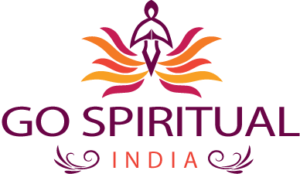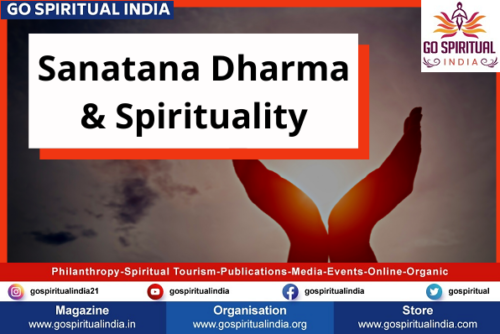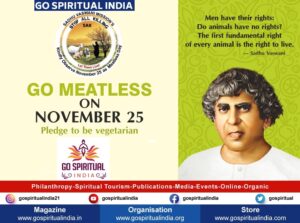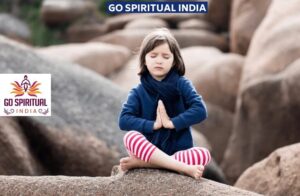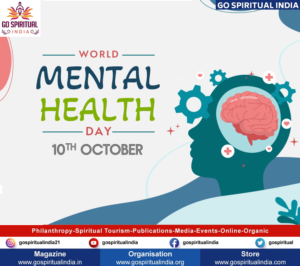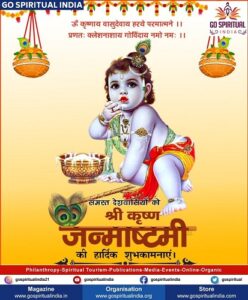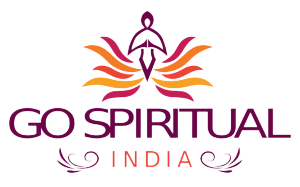Introduction
Sanatan Dharma, often referred to as Hinduism, is one of the world’s oldest religions, with a history spanning thousands of years. Central to this ancient belief system is spirituality, a profound and multifaceted concept that has guided the lives of countless individuals over millennia. In this article, we will explore the deep connection between Sanatan Dharma and spirituality, delving into the core principles and practices that define this rich tradition.
The Eternal Quest for Truth
At the heart of Sanatan Dharma lies an unwavering pursuit of truth and self-realization. Spirituality, in this context, is not limited to rituals or dogmas but is a personal journey towards understanding the ultimate reality. This journey transcends time and space, making it “Sanatan” or eternal. It’s a quest to discover one’s inner self and the interconnectedness of all living beings.
The Essence of Dharma
“Dharma” is a central concept in Sanatan Dharma, and it encompasses the ethical, moral, and social duties of an individual. It is the foundation upon which spirituality is built. Living in accordance with dharma is seen as a way to attain spiritual growth and harmony. By fulfilling their responsibilities and obligations, individuals can progress on their spiritual journey.
The Pursuit of Yoga
Yoga, meaning “union,” is another integral component of Sanatan Dharma’s spiritual path. It is a systematic approach to achieving union with the divine, the self, or the universe. Yoga encompasses physical postures (asanas), breath control (pranayama), meditation (dhyana), and ethical guidelines (yamas and niyamas). Through yoga, one seeks to balance the physical, mental, and spiritual aspects of life, ultimately achieving a state of spiritual enlightenment.
The Role of Meditation
Meditation is a powerful tool in Sanatan Dharma for achieving spiritual growth and self-realization. It involves focusing the mind on a particular object, mantra, or thought to achieve a state of deep concentration and inner peace. Meditation is considered a means to connect with the divine and understand one’s true nature. Practices like transcendental meditation and mindfulness have gained popularity worldwide, drawing inspiration from these ancient techniques.
Karma and Reincarnation
Sanatan Dharma introduces the concept of karma, which states that every action has consequences, either in this life or in future lives. Karma is closely intertwined with the idea of reincarnation, the belief that the soul is reborn into different bodies through a cycle of birth and death (samsara). The ultimate goal is to break free from this cycle and attain moksha, liberation from the cycle of rebirth.
The Diversity of Deities
Sanatan Dharma is renowned for its diverse pantheon of deities, each representing various aspects of the divine. These deities serve as focal points for devotion and meditation. While some may choose to worship a single deity, others may follow a more pluralistic approach, acknowledging the interconnectedness of all divine forms. The rich tapestry of gods and goddesses reflects the multifaceted nature of spirituality within Sanatan Dharma.
Conclusion
Sanatan Dharma and spirituality are intrinsically linked, offering a timeless path to self-discovery, ethical living, and union with the divine. While the traditions and practices within this ancient belief system may vary, the core principles of truth, dharma, yoga, meditation, karma, and reincarnation remain constant. In an ever-changing world, the enduring wisdom of Sanatan Dharma provides a profound guide for those seeking spiritual fulfillment and a deeper understanding of their place in the universe. It serves as a reminder that the journey towards spirituality is a personal, timeless, and universal quest for truth and self-realization.
